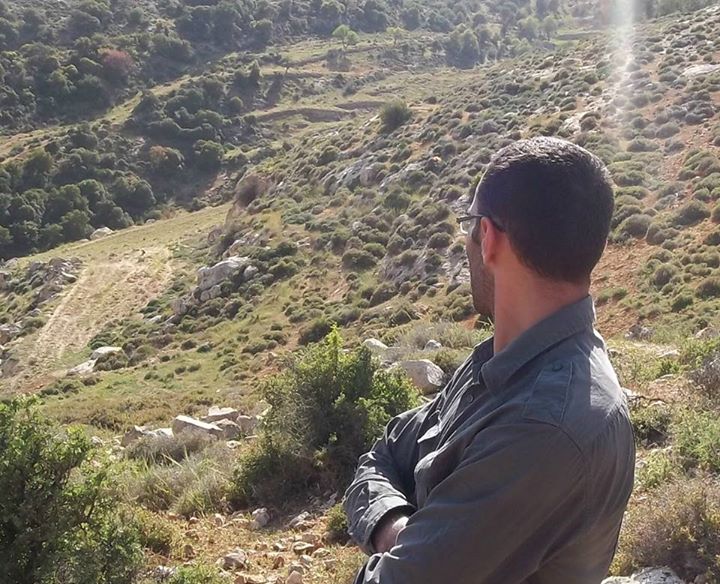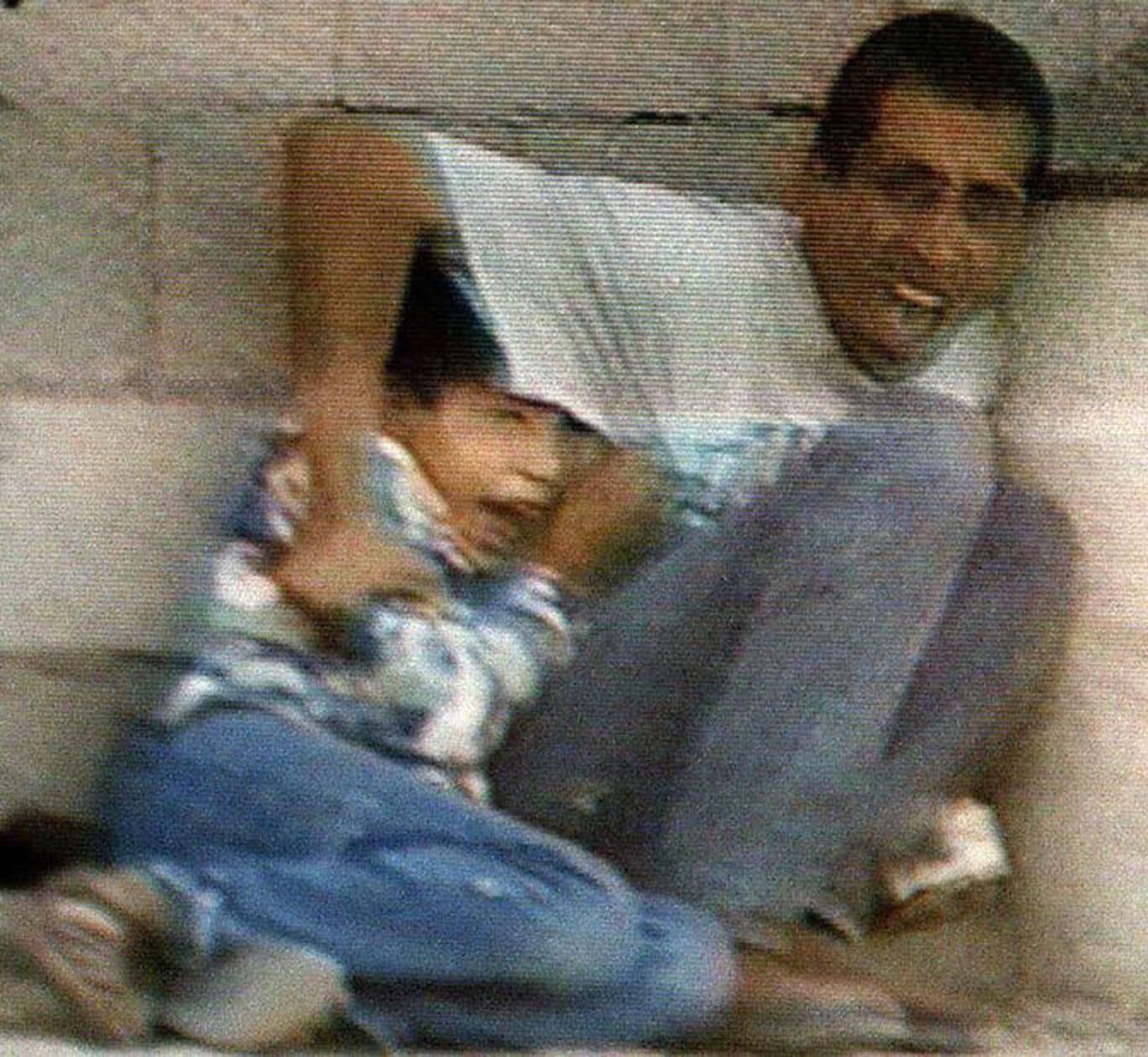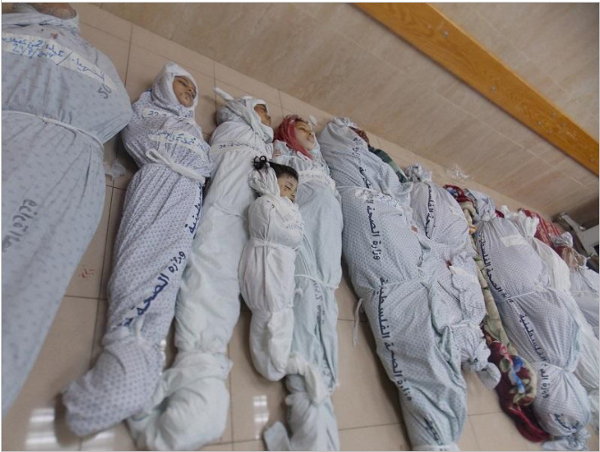Tag: Gaza Siege
-
The broken wheel of Israeli ‘justice.’ The case of Mahmoud Abujoad Frarjah
4th October 2015 | International Solidarity Movement, Al-Khalil team | Gaza, occupied Palestine Sireen Frarjarh and her husband Mahmoud Abujoad Frarjah met eyes numerous times during this past Tuesday’s trial in an Ofer military court hearing. The trial was to determine if the young, newly married Palestinian man from the Deishah refugee camp in Bethlehem, would be…
-
The fog of war: remembering Muhammad al-Durrah
30th September 2015 | International Solidarity Movement, Al-Khalil team | Gaza, occupied Palestine Chaos in the streets of Gaza. Israeli forces showered the strip with gunfire while Palestinian medics ran frantically to evacuate those crumpled on the ground with blood rushing from holes in their bodies before racing for cover themselves. Running from the violent,…
-
In Gaza no figures can express the sorrow
26th September 2015 | International Solidarity Movement, Gaza Team | Gaza Strip, Occupied Palestine If there is any reason for our existence, at least it should be our capacity to inform about a story while it is happening, in a way that nobody can say: “We did not know, nobody had told us anything” Robert…



